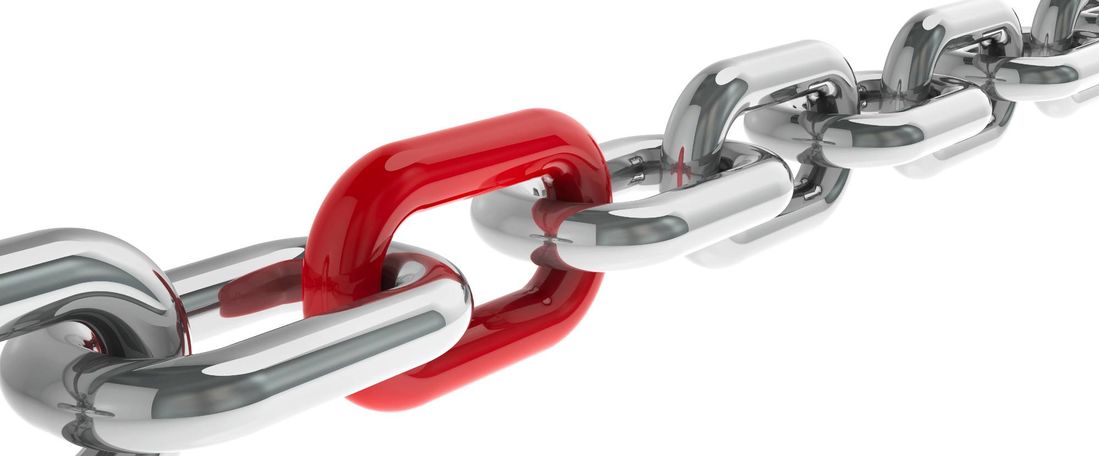Polyimide wire enamels
Thermally-cured solvent-borne coatings applied on copper and aluminum rounds.
Short-circuits and partial discharges of electricity cause wiring to fail, often at the worst possible moment. Polyimide, polyamideimide and polyetherimide coatings are applied up to 30 times to build thickness, improve insulation and chemical resistance. The coated wires, also called magnet wires, vary greatly depending on their use. Some may be smaller than the diameter of a single human hair – in electronic components of watches for instance. But in heavy electric motors in wind generators, the diameter of round or flat wires can measure up to several millimeters.
Current applications:
- Motors
- Transformers
- Generators
Why should I choose polyimide wire enamels?
- Uniformity and degree of insulation
- Good electrical characteristics e.g. dielectric strength and insulation resistance
- Resistance to mechanical stress induced by bending, stretching, and friction
- Heat-resistance
- Resistance to solvents, chemicals and varnishes
- Resistance to hydrolytic degradation
- Stable when combined with insulating material
- Resistance to water and moisture
Considerations:
- Dianhydrides must be matched to the corresponding diamines for optimal properties of the polyimide.
RECENT NEWS
Formulating Tips for Epoxy-Anhydride Cure Systems: Benefits and Successes
Modern technology demands specialized materials that function in extreme environments. [...]
Managing Your Pyromellitc Dianhydride Supply Chain in a Volatile Market
Pyromellitic Dianhydride (PMDA) is ideally-suited as a low-cost thermal curative [...]
What is BTDA?
BTDA (3,3’, 4,4’-Benzophenone tetracarboxylic dianhydride) is a dianhydride that has [...]



